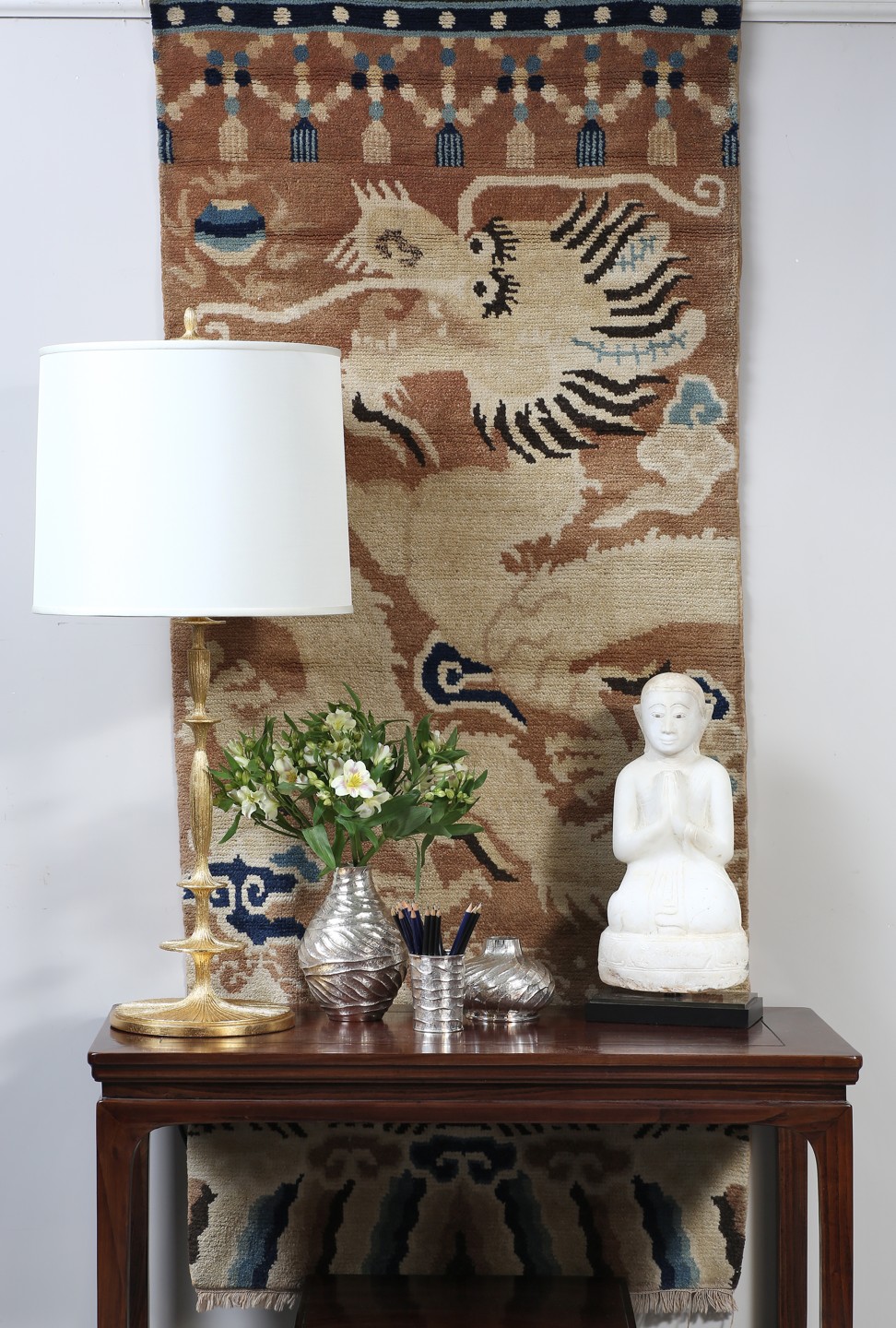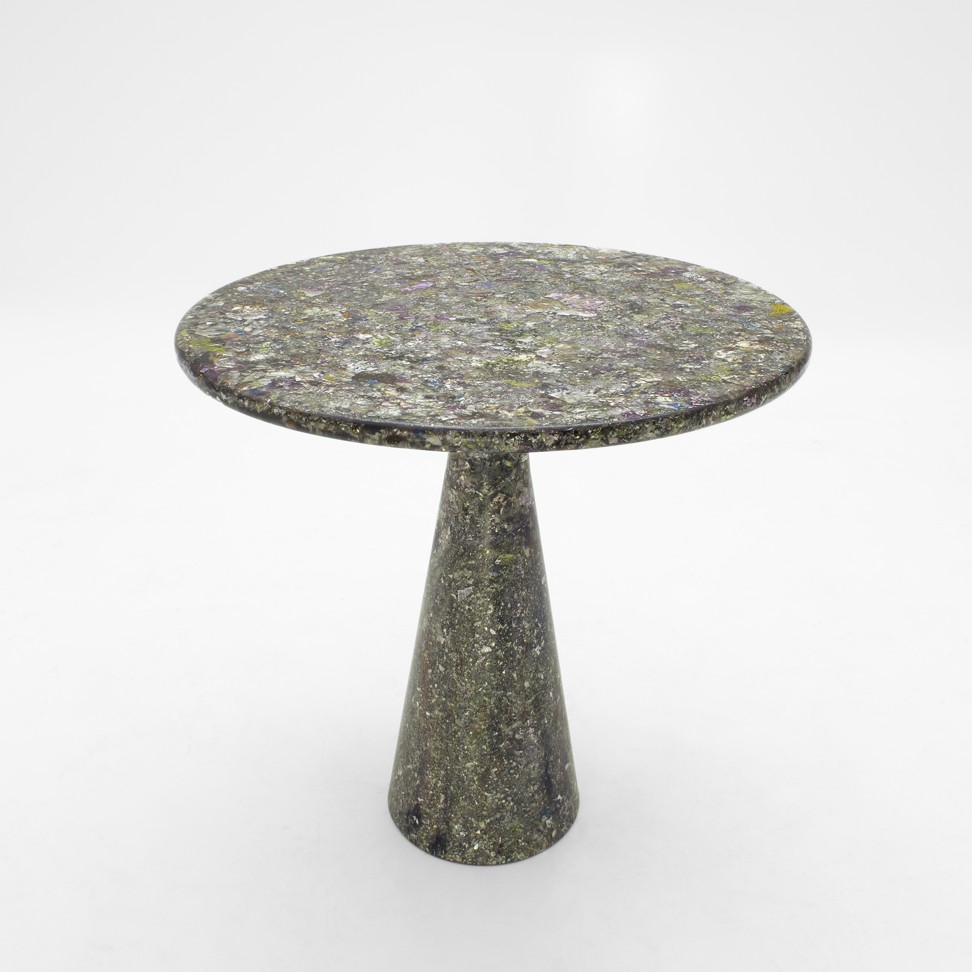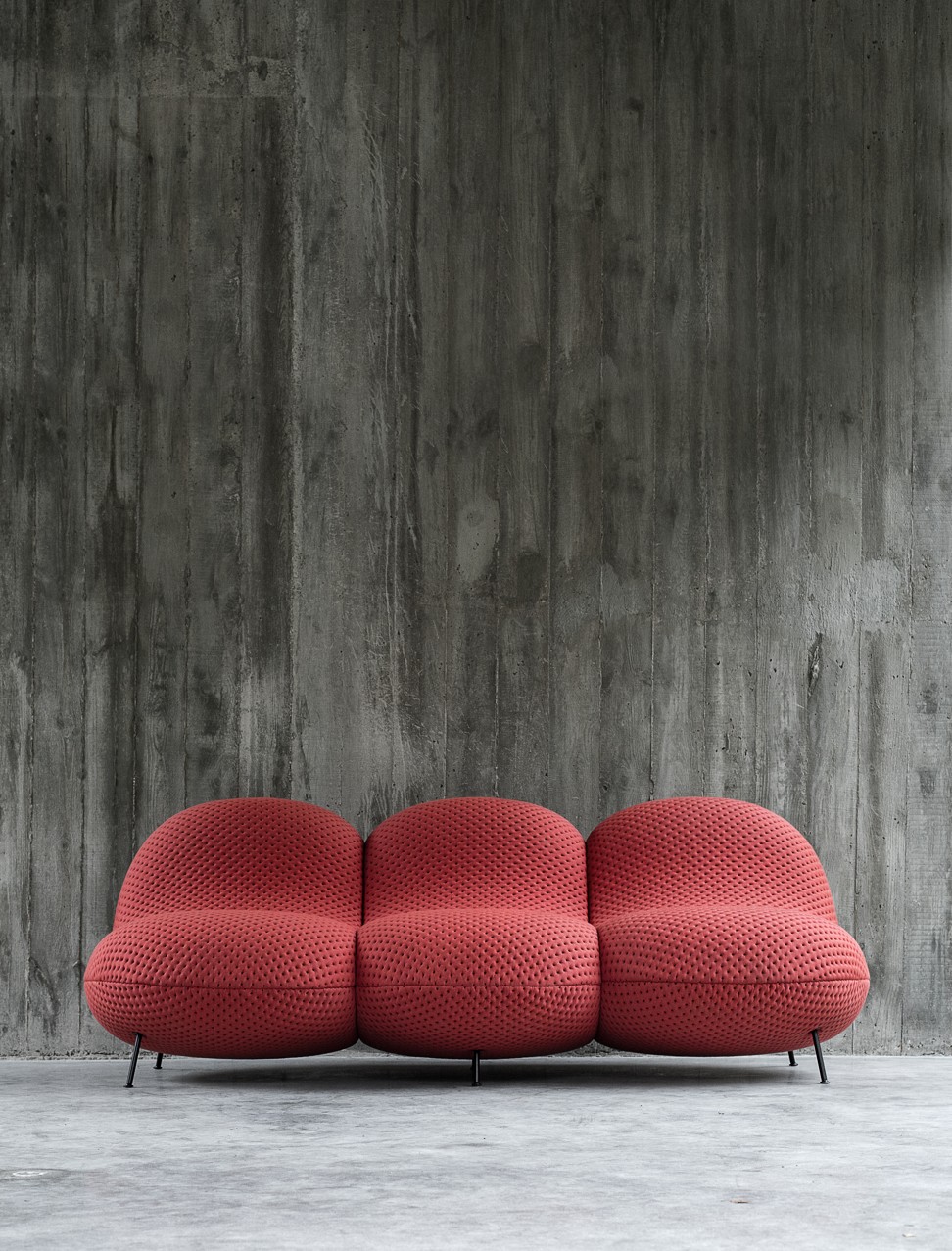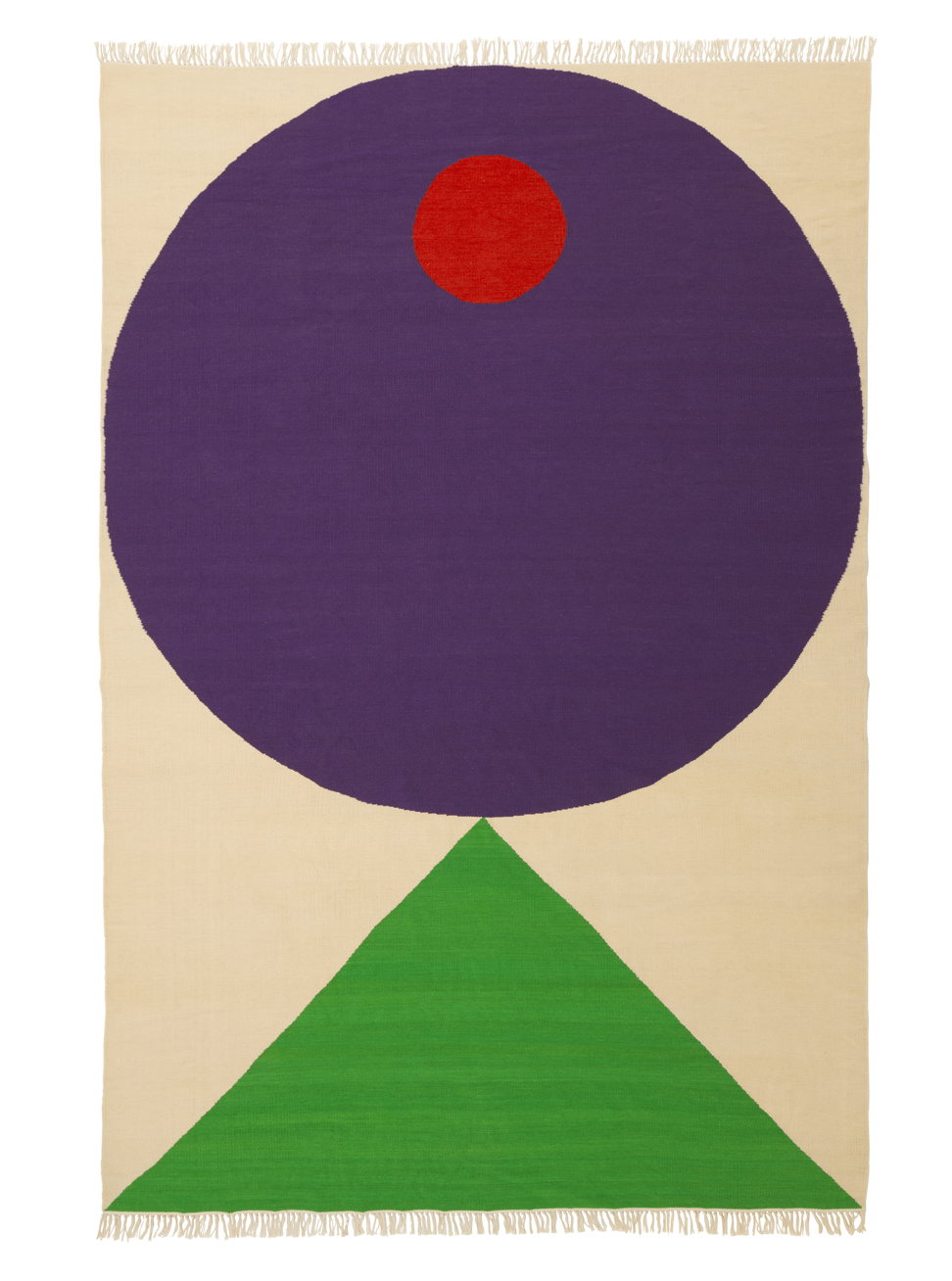
Design trends for 2019: small, sustainable, ‘Scandinese’, curves and Pantone’s latest colour
- Interior designers have scoured the world’s trade fairs for upcoming trends
- Recycled plastic, wood and metallic finishes will be popular, as will wall rugs
It’s an interior designer’s job to know what trends are around the corner – so they can inform their clients and stock their shops.
Forecasting cues are taken from a variety of sources, with international trade fairs a reliable bellwether. So what did the shows of 2018 reveal about 2019?
Keith Chan Shing-hin, founder of Hong Kong interior design firm Hintegro, says the Maison & Objet trade fair in Paris saw a trend of smaller-scale furniture, including more flat-pack pieces designed to be self-assembled. Even established European brands are breaking away from classic, bulky designs and crossing over to a Scandinavian-inspired aesthetic, he says.
“[I saw] modular furniture you can buy like Lego to add on and assemble yourself. This is not very French,” he says.

Chan believes this look is ideal for Hong Kong, where, he says, there’s a void between high-end European furniture and the cheaper, mass-market brands. On-trend products that don’t dominate a smaller space are also a great fit for the city’s shrinking flat sizes.
“In recent years it’s been better. We have a lot of Japanese and Scandinavian brands that would partly fill the gap, but I still think the middle market is huge,” Chan says.
A brand at the forefront is young French company Harto Design, he adds.
Mathieu Galard, artistic director of Harto, says the brand is designing for urbane young professionals who want practical, yet aesthetically pleasing pieces for their home.

Galard believes the Scandinavian trend is finally waning, as people look for new materials and more details.
“The furniture has to tell a story,” he says. For instance, Harto’s new Carmen pendant lamp uses an LED panel, “which is something cold and technical”, with a “skirt” around it made of Trevira CS, a flame-retarding polyester fibre, “to show beautiful light reflections and give sensuality to the product”.
For 2019, expect more “bright and reflective” materials in Harto’s collection, he says. “The key will be to find the right balance to keep that as a beautiful detail.”
Chan also observed lots of wood used in the new collections, a reflection, he believes, of consumers’ preference for natural materials. It has to be sustainably sourced timber, of course, and the materials must be biodegradable.
Trend forecaster Lisa White sees this look as part of a wider eco-conscious trend.

“Sustainability is finally starting to scale, and is not just for liberal do-gooders or eco-conscious warriors,” says White, director of lifestyle and interiors at trend forecaster WGSN and head curator, Biennale International Design in Saint-Etienne, France.
Consumer avoidance of single-use plastic, for instance, will make its way into interiors, according to White.
“We will increasingly see plastic being treated as a precious material, like Dirk Vander Kooij’s beautiful side table made out of recycled CDs, or ecoBirdy’s recycled plastic children’s chairs. [Berlin-based start-up] Pentatonic’s contemporary designs are super sophisticated, and entirely recycled. In 2019, sustainable designs will be aesthetically desirable, not just sustainable,” she says.
White also agrees with Chan that natural materials such as wood will become more present, “warming up homes and counteracting pervasive technology with influences that range from Scandinavian to Japanese, or ‘Scandinese’, as we call it”.

“The Iittala x Issey Miyake [Finland and Japan] collaboration has done very well, expressing this aesthetic in the past, but we are seeing an entirely new generation coming to the fore, with artisan-made, ecologically driven design that floats between East and West, like that of Antrei Hartikainen,” says White.
Australian interior designer and decorator Tess Beagley picked up on the trend for curves coming out of Milan Design Week 2018.
“Think soft edges, plump, circular, organic shapes for furniture and decor,” says Beagley, the founder and creative director of Minted Interiors, a boutique interior styling studio.
The mother of three notes that curvaceous pieces are “comfy and toddler-friendly”.
The ‘humble hero’ architects who built better education into a school design
“Combine that with low profiles [an enduring trend] and short legs, to enable sofas to ‘float’ above the floor and you have a very 2019 look,” she says.
Vincent Lim, co-founder of Lim + Lu, believes colour is the greatest trend influencer to come out of the global design fairs, and from the shows he attended in 2018 – Stockholm Furniture Fair and Design Shanghai – it appears that darker hues such as emerald, maroon and teal are edging out the front-running pastels.
“We’re seeing a lot of smaller, younger furniture brands popping up all across Scandinavia, and they’re starting to dictate the colour palette,” he says. These colours, he believes, “go well with a candlelight effect”, and therefore are reflective of the cooler Nordic climate. How would they go in sub-tropical Hong Kong?
“I think that’s quite difficult, especially in a smaller space,” Lim says.
Another big trend Lim and partner Elaine Lu identified was portable lighting, as brands innovate with new battery or solar technology.
‘I don’t like the idea of luxury for luxury’s sake’: Timothy Oulton
“Designs like those from Danish brand Menu, which can be either a table lamp or wall hanging, represent minimalistic design that is very practical and functional,” Lim says.
One trend to watch, he believes, is the rising influence of Asian design. He’s seeing this already, even among European furniture manufacturers, and as brands begin to realise how big the China market is, Lim predicts that an East-West fusion will be making its way into home interiors globally.
At interiors trade fairs in India and China in 2018, Bowerbird Home head creative Clinton Cordeiro spotted what he calls modern luxe: the continuation of mixed metallic accents like brass, brushed gold and stainless steel, in combination with velvets, marble and other luxury materials such as Shagreen, and treated glass and mirror.
“They convey an opulence that references art deco and mid-century modern styling, but with modern clean lines,” he says.
Cordeiro also noted a wabi-sabi – a Japanese “imperfect” aesthetic – influence bringing unexpected elements together. A spectacular velvet sofa in front of a raw concrete wall, for instance, “reeks of luxury”, he says. This look includes items such as bar trolleys, cabinets and consoles.
“The idea of ‘staying in is the new going out’ is reinforced when we have that elegant, five-star hotel lobby bar style in the comfort of our living room,” Cordeiro says.
Rugs as wall art are trending, with even Ikea getting in on the act. The brand’s collaboration with eight contemporary artists including Japan’s Misaki Kawai, American designer Virgil Abloh and Seulgi Lee of South Korea has produced a collection of handmade Ikea art rugs.

Designer Amanda Clark, managing director at Altfield Interiors, agrees that rugs “have certainly undergone a renaissance over the last few years, with a strong trend towards abstract and artistic designs”. Rugs have become part of the decorative arts within a design scheme, she says.
“At a time when many homes are very minimalist and open, either with a mid-century modern or Scandinavian flavour, rugs add some level of softness and texture to what can often be rather brutal and hard-edged interiors,” Clark says.
The handcrafted aspect of designer rugs also fits an enduring trend: “from the maker’s hand”.
“Although not categorised as fine art, they are certainly a fine craft,” she says. “In the same way as tapestries in the past were hung on walls for warmth and decoration, today’s young designers are happy to include rugs in that textile tradition and consider them works of art in their own right.”
Clark reports a growing interest in designs such as Altfield’s Dragon rugs, contemporary versions of temple carpets from Ningxia in northern China.
Inside an elegant bachelor pad built around a marble feature
“Made of vegetable-dyed wool, and hand-knotted in the same way as the 18th century original carpets, these are often sold in pairs that face each other, and are as marvellous as works of art on the wall: full of meaning, and cultural heritage, while soft and lustrous,” she says.
For those wanting to incorporate into their homes the colour of the year, Pantone has announced it is Living Coral – a “life affirming” coral reef-inspired hue that “energises and enlivens”.
As a colour linked to tactility and human connection, says the provider of professional colour standards for the design industry, Pantone Living Coral used in shag rugs, cosy blankets and lush upholsteries “creates a warm, comforting and nurturing feeling in the home”.
If all that sound a little too 1980s for your liking, you could always dip your toe in with a table top accessory.

